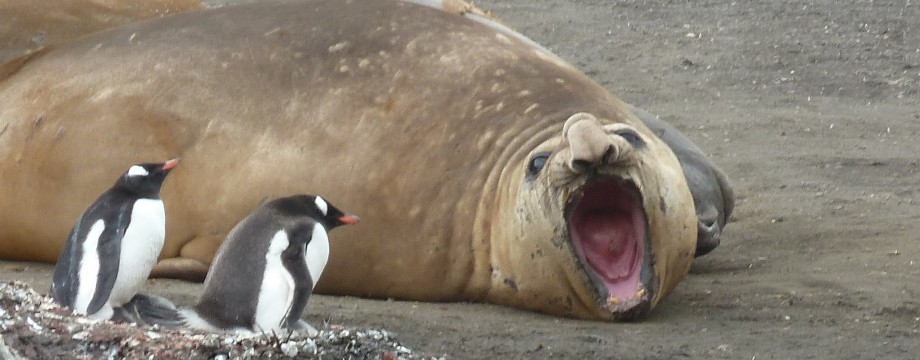Malta’s capital city, Valletta, is laid out grid style on a small and hilly peninsula. If the hills don’t bring San Francisco to mind, then you’re obviously not on foot. Walking through the streets, the first thing I noticed were the ubiquitous window boxes.
I usually try to pick up a few words of a local language, but that didn’t happen in Malta. The population is generally bilingual in both Maltese and English. Plus, Maltese, which developed from the Sicilian variety of Arabic and is the only Semetic language to officially use the Roman alphabet, was just too tricky for me without some guidance.
As I’ve mentioned in earlier Malta posts, the country was pivotal to the Allies success in WWII who used the island in its fight for North Africa and against neighboring Italy. King George was so impressed with the heroism of Malta’s people that he awarded the George Cross, Britain’s highest civilian honor, to the entire county. Malta is extremely proud to have avoided surrendering to the Axis during the war, despite being on the brink of starvation in 1942, and displays the cross in the upper left corner of their national flag. The kind words American president Roosevelt used to express his gratitude to Malta are commemorated in a plaque on the Grandmaster’s Palace.
The Grandmaster’s Palace serves many functions as it houses the office of the president, the House of Representatives and is a museum.
St. John’s Co-Cathedral looks relatively unassuming from its exterior but inside is a flashy example of Baroque art and architecture. The church was commissioned and completed in the 1570s, shortly after emerging victorious against the attacking Turks in the Great Siege of 1565.
There are 8 chapels within the church, each one ornately decorated.
The marble floor is made of the tombs of hundreds of Knights and officers.
The main hall is jaw dropping with its vaulted ceiling, paintings, sculptures, and golden walls.
As St. John the Baptist is the patron saint of the Knights of Malta, the cathedral is dedicated to him. Caravaggio, having fled Rome in 1606 after killing a man, eventually found himself in Malta where he was made a knight and commissioned to paint for the Order. Two of his works, “St. Jerome Writing” and “The Beheading of St. John the Baptist,” are on view in the church. Completed in 1608, “The Beheading of St. John the Baptist” is considered one of Caravaggio’s greatest works. His use of dramatic light and the arrangement of the characters, combined with the massive size of the piece, make it undeniably striking. Unfortunately for Caravaggio, he soon found himself in serious hot water once more, this time having seriously injured a high ranking knight in a fight. He was arrested in August 1608 and escaped from prison a few months later. He stayed in Sicily and Naples while on his way to Rome where he hoped to obtain a pardon from the Pope. Details have been lost in history, but Caravaggio was reported dead in 1610. His body was never found.
Just outside of Valletta is the Hypogeum of Hal Saflieni. Built 5,000-6,000 years ago, around 1,000 bodies were buried in mass graves over a millennium. The 3 underground levels were discovered at the turn of the 19th century by builders who accidentally broke through into the middle level while building a well. The ancient chambers were carved out of limestone and red hexagons containing swirls were painted on walls and ceilings.
Tiny Valletta is a great representation of Malta itself. Warm and friendly, the city is rich in centuries old history yet never feels stodgy or dated. The limestone that has formed Malta’s history, whether it be ancient underground architecture, impenetrable forts, or traditional houses, is everywhere. And of course the importance of the sea, which has helped protect the islands of Malta and shape their culture, cannot be overstated.




















